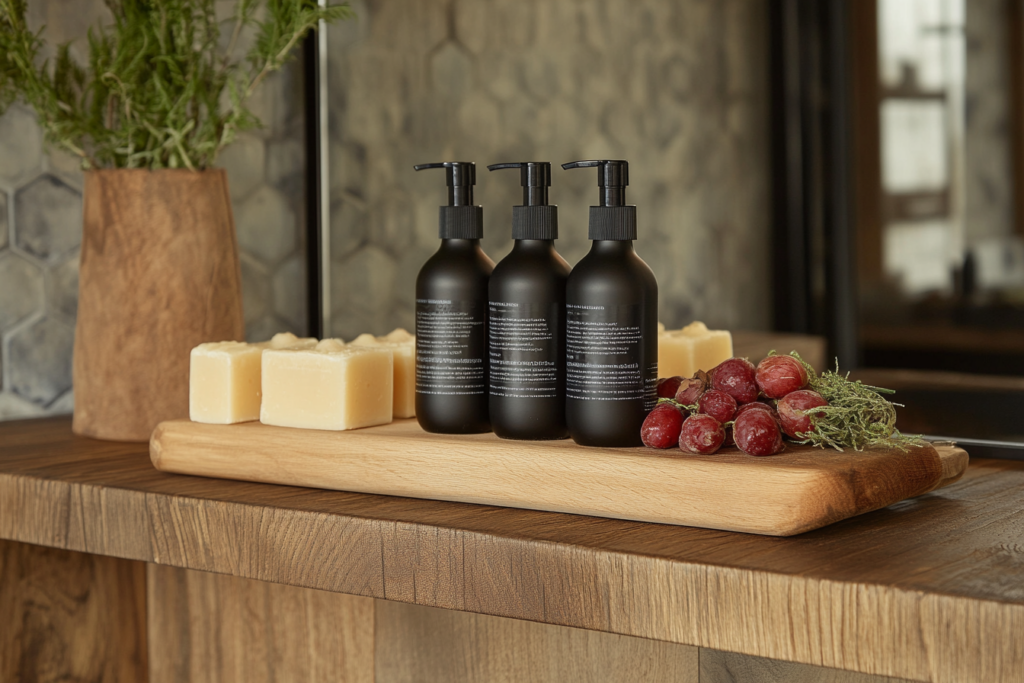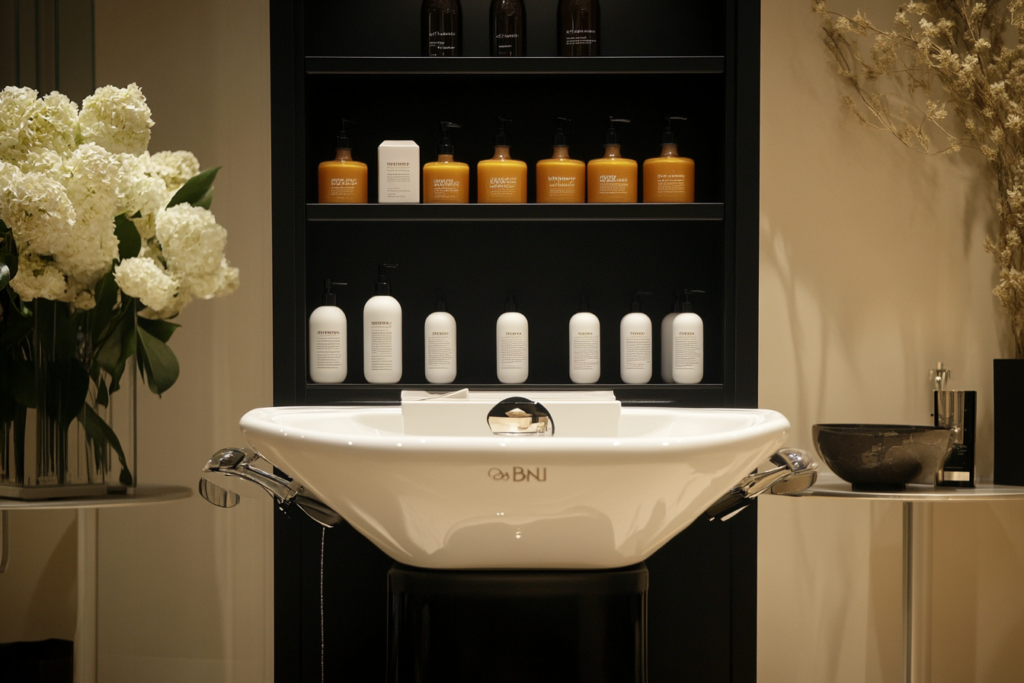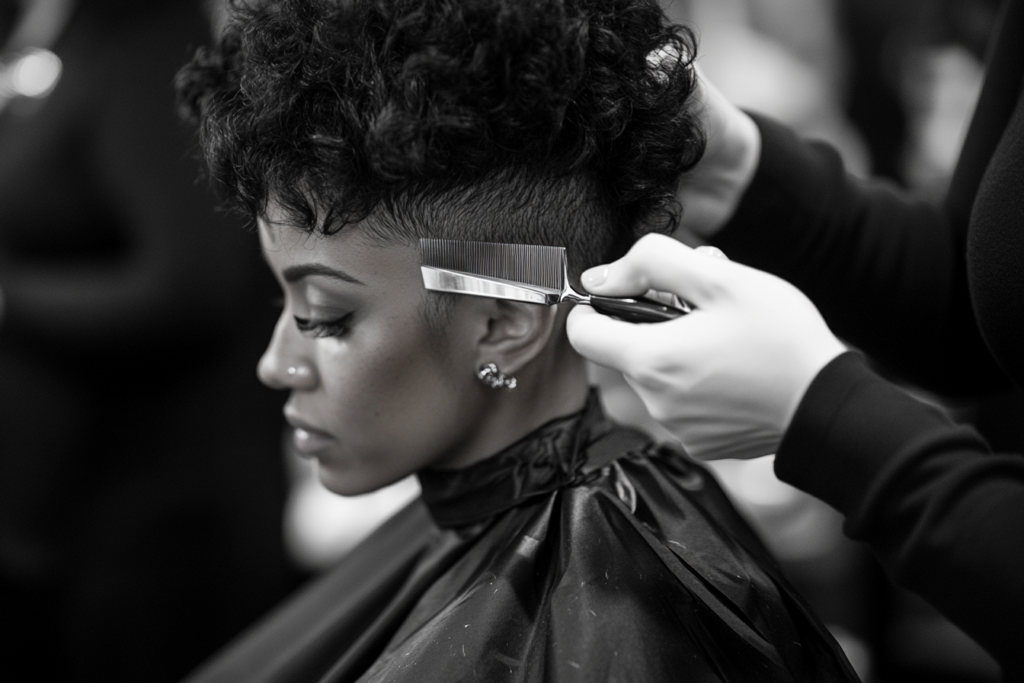The relationship between you and your hairdresser is built on trust, but there are industry insights that rarely make it into salon conversation. Understanding these hidden aspects can transform your hair care routine and salon experiences.
Natural ingredients don’t always mean better results

The “natural” label often carries a premium price tag, but effectiveness varies widely. While some natural ingredients provide excellent benefits, many synthetic ingredients are specifically designed for optimal hair care. For example, silicones, though synthetic, can provide superior heat protection compared to natural alternatives.
Consider trying sulfate-free formulations that balance natural and synthetic ingredients for optimal results. Research ingredient lists rather than relying on marketing claims.
Booking times affect your final bill
Salons implement dynamic pricing strategies based on demand. Early morning appointments (before 10 AM) and mid-week slots often come with hidden discounts of up to 25%. Many salons offer special rates for first-time clients during off-peak hours.
Tuesday and Wednesday mornings typically offer the best value, while Saturday appointments command premium rates. Some salons also provide package deals for early-bird appointments.
Double-booking is a common practice
Salon scheduling involves complex algorithms to maximize efficiency. While one client’s color processes, stylists often work on another client’s cut. This practice helps maintain salon profitability but can lead to unexpected delays.
Book the first appointment of the day to minimize waiting time. Some salons offer premium scheduling options that guarantee no double-booking.
Washing frequency recommendations vary

Hair washing needs differ dramatically based on scalp type, texture, and lifestyle. Fine hair might need daily washing, while coarse textures benefit from extended periods between washes. Training your scalp to produce less oil takes 4-6 weeks of gradually spacing out wash days.
Invest in a quality dry shampoo to extend time between washes. Consider using shower caps during non-wash days to protect hair from humidity.
Consultation time impacts results
The first 10 minutes of your appointment set the foundation for success. Bring multiple reference photos showing different angles of your desired style. Technical terms like “choppy,” “textured,” or “lived-in” can mean different things to different stylists.
Create a style inspiration folder on your phone, including both positive and negative examples. Discuss your daily styling routine and time constraints during consultation.
Silent appointments are available
Many salons now offer “quiet chair” services, allowing clients to skip small talk. This option typically needs to be requested when booking. Some salons even provide meditation music or aromatherapy during silent appointments.
Consider bringing wireless earbuds for a customized relaxation experience.
Training levels vary significantly

Salon training programs range from basic certification to advanced specialization. Junior stylists often have 1-2 years of hands-on experience, while master stylists typically have 5+ years and specialized training in specific techniques.
Ask about your stylist’s specific experience with your hair type and desired service. Many salons offer tiered pricing based on stylist experience levels.
Extension maintenance is demanding
Quality extensions require adjustment every 6-8 weeks and replacement every 3-4 months. The initial investment ranges from $500-$3000, with maintenance visits costing $100-$200 each. Proper care requires specialized brushes and products.
Consider clip-in extensions for occasional use. These provide flexibility without long-term commitment or damage risks.
Color treatment aftercare matters most
Color molecules continue settling for 48 hours after treatment. Wait at least two days before washing newly colored hair. UV exposure can fade color up to 40% faster, making protection crucial for maintaining vibrancy.
Use weekly color-depositing masks to maintain tone between appointments. Install a shower filter to remove color-stripping minerals from water.
Scalp care affects hair health
Your scalp’s microbiome directly impacts hair growth and health. Monthly exfoliation removes buildup that can clog follicles. Scalp massage increases blood flow by up to 54%, potentially stimulating growth.
Incorporate weekly scalp treatments into your routine. Use lightweight oils that won’t clog pores.
Trendy cuts require commitment
Popular styles like curtain bangs or textured bobs often require 20-30 minutes of daily styling. These cuts typically need trimming every 4-6 weeks to maintain their shape. Some trendy styles work better with specific hair textures.
Request a styling tutorial during your appointment. Practice the technique before committing to a high-maintenance cut.
Tipping expectations vary by service
Complex services like color correction or extensions warrant higher tips (20-25%). Holiday seasons often see increased tipping expectations. Some salons pool tips among staff, while others don’t.
Ask about tipping policies when booking. Consider additional gratuity for extra time or specialized attention.
Product recommendations have quotas
Many stylists must meet monthly retail targets. While they genuinely believe in recommended products, markups can reach 200%. Some salons offer commission incentives for product sales.
Research products online before purchasing. Consider asking for samples to test before investing in full-size products.
Growth supplements aren’t miracle solutions
Hair growth averages 1/2 inch monthly, regardless of supplementation. Most supplements work only if you’re deficient in specific nutrients. Results typically take 3-6 months to become noticeable.
Focus on a balanced diet rich in proteins and vitamins. Consider blood tests to identify specific deficiencies before starting supplements.
Armed with these insights, you can make more informed decisions about your hair care routine and salon visits. Remember, the best results come from open communication with your stylist and understanding the realities of hair care practices.
